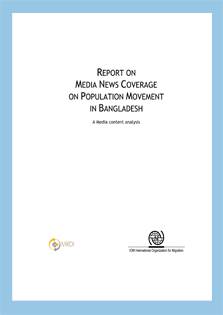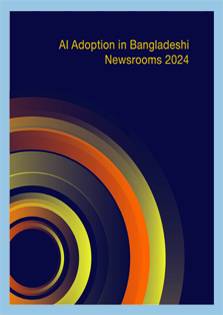
Resources


Media Coverage in Question: Shining Light in Renewables
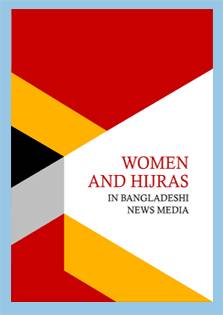
Women and Hijras in Bangladeshi News Media
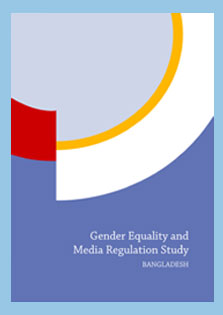
Gender Equality and Media Regulation Study Bangladesh
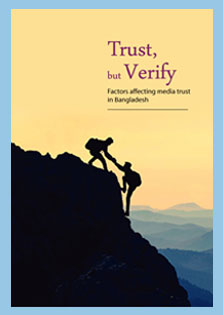
Trust, but Verify: Factors affecting media trust in Bangladesh
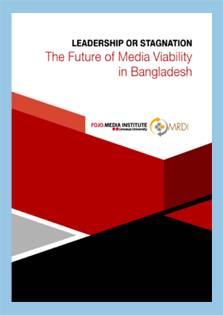
Leadership or stagnation: The future of media viability in Bangladesh
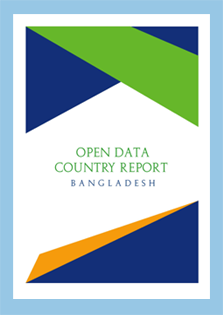
Open data country report
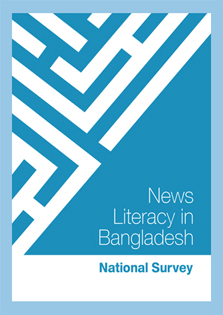
News literacy in Bangladesh national survey
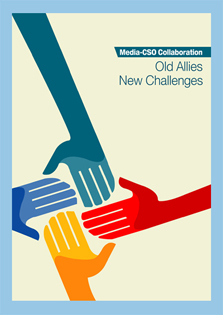
Media-CSO collaboration: old allies, new challenges
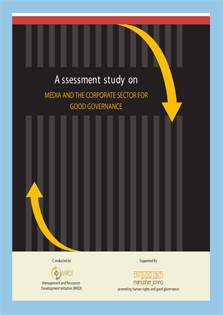
Media and the corporate sector for good governance
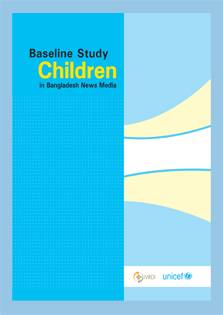
Baseline study: children in Bangladesh news media-baseline
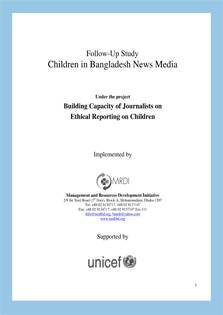
Follow-up study: children in Bangladesh news media
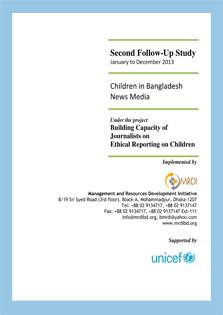
Second follow-up: children in Bangladesh news media
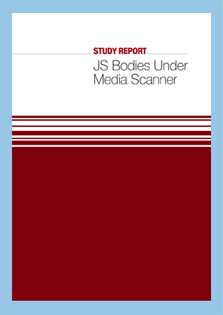
JS bodies under media scanner
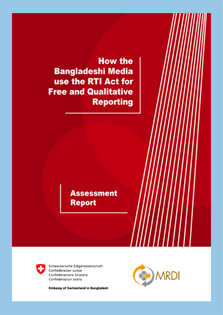
How the Bangladeshi media use the RTI act for free and qualitative reporting
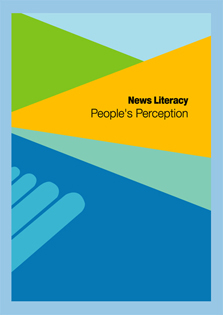
News literacy: people’s perception
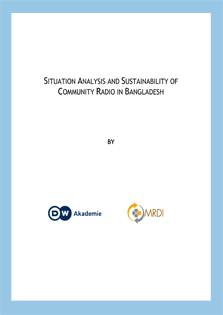
Community radios in northern and eastern regions of Bangladesh
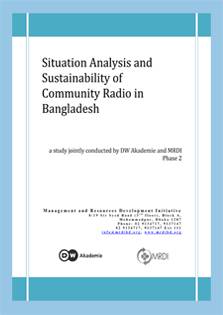
Community radios in southern and western regions of Bangladesh
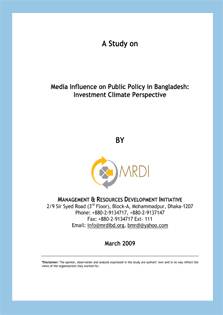
Media influence on public policy in Bangladesh: investment climate perspective

Assessment study- how to best change tobacco control policies in Bangladesh
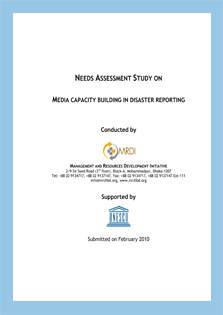
Needs assessment study on media capacity building in disaster reporting

Media content analysis on nutrition
